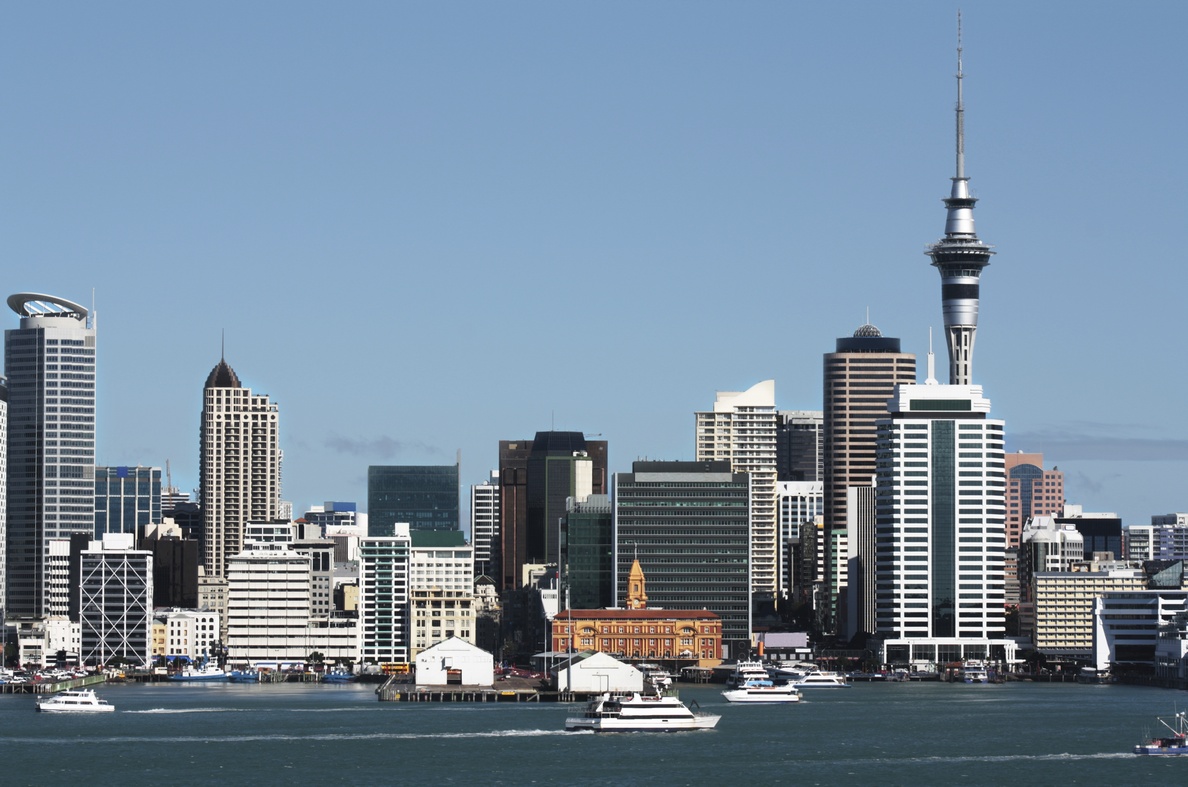Auckland regional household labour force survey: quarterly overview December 2020
Author:
Ross WilsonSource:
Auckland Council Research and Evaluation Unit, RIMU | Statistics New ZealandPublication date:
2021Topics:
EconomyAn overview of labour force participation in Auckland, as indicated by results of Statistics New Zealand's quarterly Household Labour Force Survey. HLFS
Overview and highlights
For the quarter ended December 2020, compared to the preceding quarter (not seasonally adjusted):
• The number employed in Auckland rose by 18,300, and population (aged 15+) rose by 3000.
• The overall unemployment rate was 5.3%, seemingly lower than the previous quarter (5.6%) but actually within the survey margin of error so not “significant”.
• Similarly, there was a non-significant rise in labour force participation rate (70.3% from 69.3%), and fall in numbers “NILF” (not in the labour force) (to 410,500).
• NILF includes available but not “actively” seeking work; these fell slightly to 23,100.
• Also, weekly hours worked recovered slightly to 38.1 (including full and part-timers).
• The NEET (not in employment, education or training) rate for youth aged 15 24 was 14.4%: similar to the preceding quarter (13.1%), but above a year earlier (11.0%).
Over the year ended December 2020:
• The unemployment rate overall averaged 4.9% in the year ended December 2020, significantly above the 4.2% for the year ended December 2019 but still low as an annual rate compared to 2009 to 2014 (6.0% to 7.3%).
• The unemployment rate among those aged 15 to 19 averaged 17.3%, similar to 18.1% a year prior (and still well below the peak of 31.0% in 2011).
• The unemployment rate for females of all ages averaged 5.4%, higher than 4.8% a year prior, while the unemployment rate for males averaged 4.5%, higher than 3.7% a year prior. The gap between males and females (0.9%) has narrowed significantly compared to its peak in the year ended June 2015 (2.5%).
• Unemployment rates among Māori (8.5%) and Pacific people (8.1%) were similar to a year prior (7.9% and 8.2% respectively), and remained higher than European (3.7%) and Asian (5.4%) ethnic groups despite the latter rising (from 3.1 and 4.0%).
• The labour force participation rate overall averaged 70.0%, similar to 70.9% a year prior, which was among the highest ever (since at least 1986).
• The labour force participation rate for females averaged 64.6%, well above the trough in 2001 (57.1 %), but still below the rate for males (75.7%).
• The labour force participation rate for people aged 55+ averaged 49.0%, well above ages 15-19 (39.2%) – unlike prior to 2008, when the relativity was the opposite.
Overview published February 2021.
